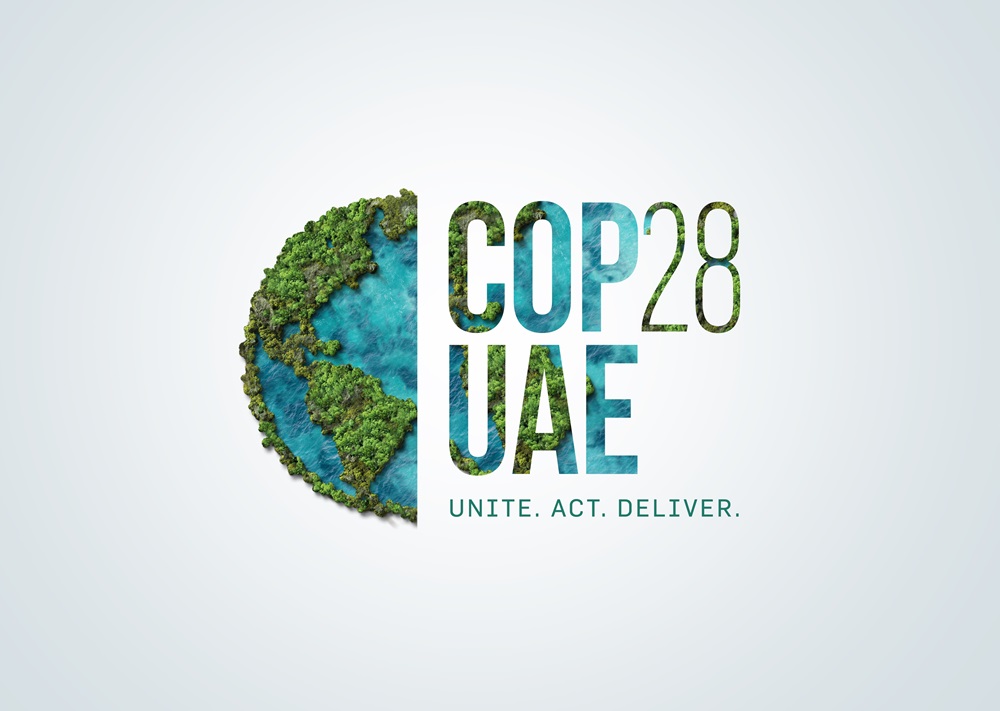India's Bold Stride Towards Environmental Innovation: The Green Credit Initiative and Beyond

In an era when the ghost of climate change threatens the global community, nations are compelled to innovate for survival. India, with its rich tapestry of biodiversity and cultural ethos of respect for nature, has stepped into the arena of environmental innovation with a pioneering initiative. During COP 28, the Prime Minister unveiled India’s Green Credit Initiative. The initiative, far more than a policy, represents a paradigm shift, intending to infuse the traditional carbon credit model with a broader environmental consciousness.
The Green Credit Initiative conceptualized as part of India’s broader commitment to the Lifestyle for Environment (LIFE) movement, signifies a leap towards incentivizing a gamut of pro-planet actions. Unlike traditional carbon credits, which often cater to industrial and corporate giants, this initiative broadens the horizon, inviting individuals and communities to participate in environmental stewardship actively. Launched alongside the UAE at COP 28, the initiative was presented as a global call to arms, urging nations to band together in a concerted effort to combat climate change through innovative environmental practices. Central to the initiative is the generation of Green Credits for actions such as afforestation on degraded lands and river catchment areas, thereby nurturing the green lungs of the earth and revitalizing ecosystems. Furthermore, it is designed to serve as a knowledge exchange hub, capturing policies and best practices aimed at fostering environment-friendly actions globally.
From restoring mangrove ecosystems through the Mangrove Initiative for Shoreline Habitats & Tangible Incomes (MISHTI) to achieving significant milestones like conferring Blue Flag certifications on its beaches, India is scripting a comprehensive narrative of environmental rejuvenation. Moreover, the initiative aligns seamlessly with India’s updated Nationally Determined Contributions (NDCs), echoing its commitment to reduce emissions intensity and enhance non-fossil fuel energy capacity, thereby steering the country towards its 2070 net-zero goal.
The initiative shines as a beacon of hope for environmental restoration and biodiversity conservation. Unlike its predecessors focused solely on carbon offsetting, this initiative encourages a broader spectrum of environmentally positive actions. By incentivizing the plantation of waste and degraded lands as well as river catchment areas, it aims to contribute towards the rejuvenation of ecosystems and enhance biodiversity. This not only aids in carbon sequestration but also supports water conservation, soil health, and habitat restoration. The inclusivity element of the initiative opens doors for individuals and communities to actively participate in environmental conservation. This approach democratizes the fight against climate change, making it a collective endeavor rather than the sole responsibility of industries and governments. By facilitating a market for Green Credits, the initiative potentially unlocks new economic opportunities, fostering sustainable livelihoods and empowering communities, especially in rural areas where such projects can be a boon for employment and income generation.
By introducing this on an international platform like COP 28, India has positioned itself as a frontrunner in the global sustainability discourse. The move not only highlights India’s innovative approach to tackling climate change but also sets a precedent for global environmental governance. The emphasis on global collaboration and knowledge exchange is crucial for adopting a unified response to environmental challenges. India’s leadership in this domain could catalyze international cooperation, driving the global community towards achieving shared sustainability goals.
Overcoming Practical Hurdles
Despite its noble intentions, the Green Credit Initiative perhaps have practical hurdles. Implementing such a broad-based program across India’s diverse ecological and social landscapes might encounter logistical challenges, including land ownership disputes, coordination among multiple stakeholders, and ensuring the survival of newly planted areas. Moreover, the success of the initiative hinges on widespread participation, which requires effective awareness campaigns and incentives to motivate individual and community involvement.
There is also a challenge on the economic side. While it proposes a non-commercial approach to environmental conservation, the generation and trade of Green Credits must be reinforced by a financial model to ensure its longevity. Questions about how these credits will be valued, traded, and regulated need clear answers to attract participation from both the private and public sectors. Balancing the non-commercial essence with financial incentives that drive participation will be crucial for its success.
Additionally, achieving global buy-in for the Green Credit Initiative poses a significant challenge. Environmental policies and initiatives often require alignment of interests, policies, and regulations across countries. India’s proposition to the world involves navigating complex international dynamics, where priorities and capabilities vary widely among nations. Garnering support and cooperation from the global north, which historically has been a major emitter of greenhouse gases, for an initiative born in the global south necessitates diplomatic sensitivity and strategic international engagement.
Moving Forward: Headwinds and Tailwinds
The journey of the Green Credit Initiative is akin to sailing in uncharted waters, where both headwinds and tailwinds will determine its course. On the one hand, global economic fluctuations, political will, and technological advancements present opportunities for innovation and growth. On the other hand, these same factors can pose significant challenges, potentially slowing down or altering the trajectory of the initiative. Embracing a spirit of innovation, India has taken a bold step with the Green Credit Initiative, signaling a new direction in the global environmental narrative. As we chart the course towards COP 33 and beyond, the initiative’s success will depend on its ability to navigate the complex interplay of environmental, economic, and social dynamics on a global scale.
Nikita Tiwari – Senior Manager, Sambodhi
Neel Nitin Karnik – Deputy Manager, Sambodhi



